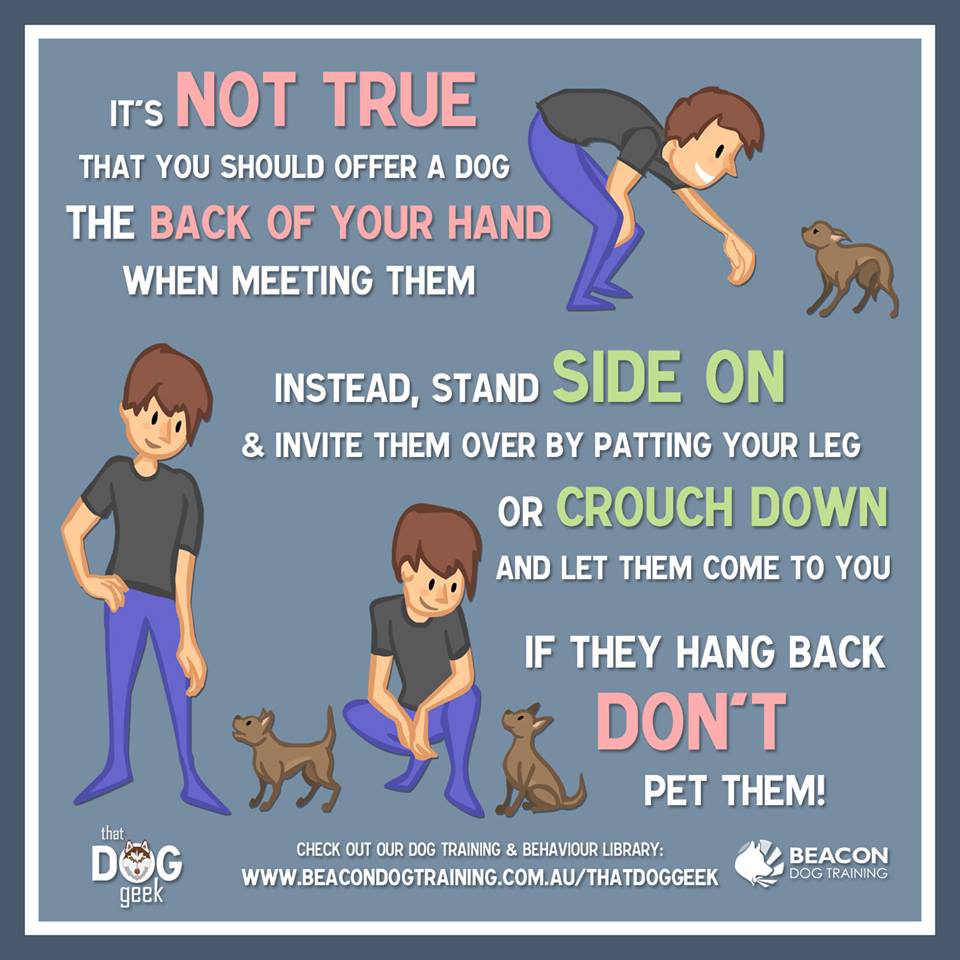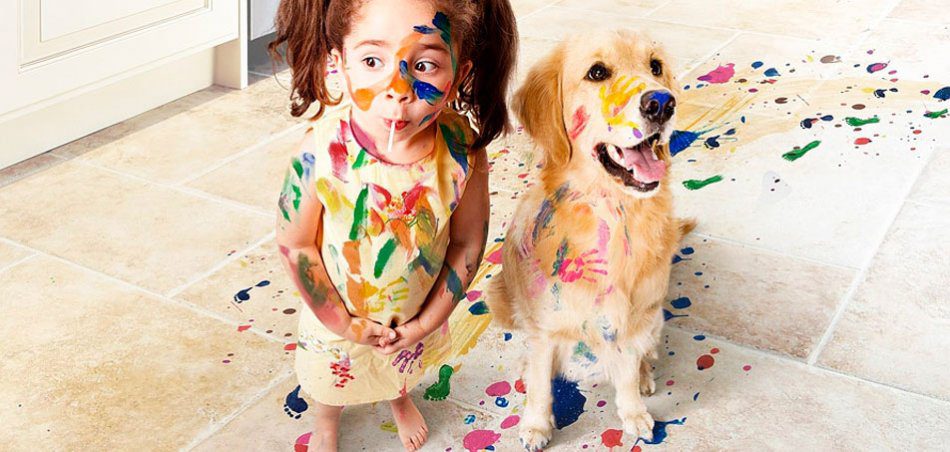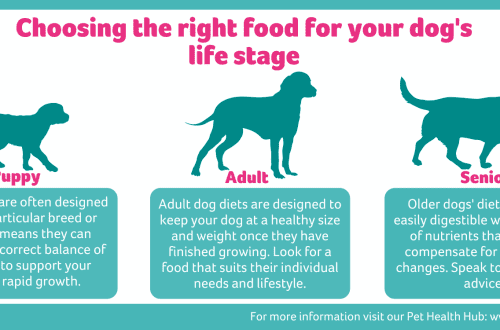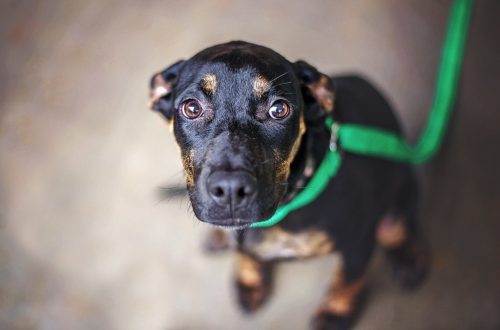
Dog and child: rules of life
Anyone who is lucky enough to grow up with a dog will agree that this is wonderful. You have a reliable friend and companion for games, a companion for walks and a confidant. And few will argue with the fact that communication between a child and a dog should be, first of all, safe. Only in this case it will bring pleasure to all participants. It is in your power to do everything possible so that the children and the pet become inseparable friends.
Contents
How to choose a dog for a family with children
It is important that the dog suits your lifestyle. If you hate boredom, get an active dog. But a four-legged friend is unlikely to make you an athlete if you and your family love more than anything to spend time in front of the TV. The dog must be able to tolerate some discomfort from communicating with children, calmly perceive noise and be able to forgive. It is very important to be able to calm down quickly and take control of yourself. And, of course, a dog “for a child” must love people.
If you’re getting a puppy, choose one that walks straight towards you, but doesn’t bite or act too violently.
You can also take an adult dog, but only if you know her past and are sure that she lived with children and loves them. Do not forget that a dog is, first of all, work. Lassie, who brings up herself and at the same time is completely unpretentious, and at the same time can save you from the cost of a nanny, is found only in films. And life, alas, is far from Hollywood scenarios.
When to get a dog in a family with children
It is best to wait until the child is 4 or 5 years old. Younger children are too impulsive and unable to behave properly with the dog. In addition, raising a pet can be compared to raising another child. Are you ready to have twins?  In the photo: a dog and a child
In the photo: a dog and a child
Dog in a family with children: safety precautions
- Never (never!) leave your dog alone with a small child. Even the most trustworthy pet will resist if the child decides to measure the depth of the dog’s ear with a pencil. Keep furry and baby in sight or physically isolate them from each other.
- Track your dog’s mood and teach your child to understand the “body language” of the animal. The dog always warns that she is uncomfortable. If she has exhausted all available signals, all that remains is to growl or bite. Don’t expect your pet to tolerate things that you wouldn’t. Even if it does, it’s better to be safe.
- If the dog wants to get away from the child, give her the opportunity. Give your furry a safe haven.
- Forbid children to disturb the pet while eating and sleeping.
- Teach your child by example. Do not treat the dog roughly and do not allow the child to hit the four-legged friend, tease or in any other way annoy.
- Share the responsibilities of caring for a pet with your children. You can make a schedule – for clarity. Even small children can help feed the dog or fill the bowl with water. And an older child can also take part in training a four-legged friend – for example, teach him funny tricks.





